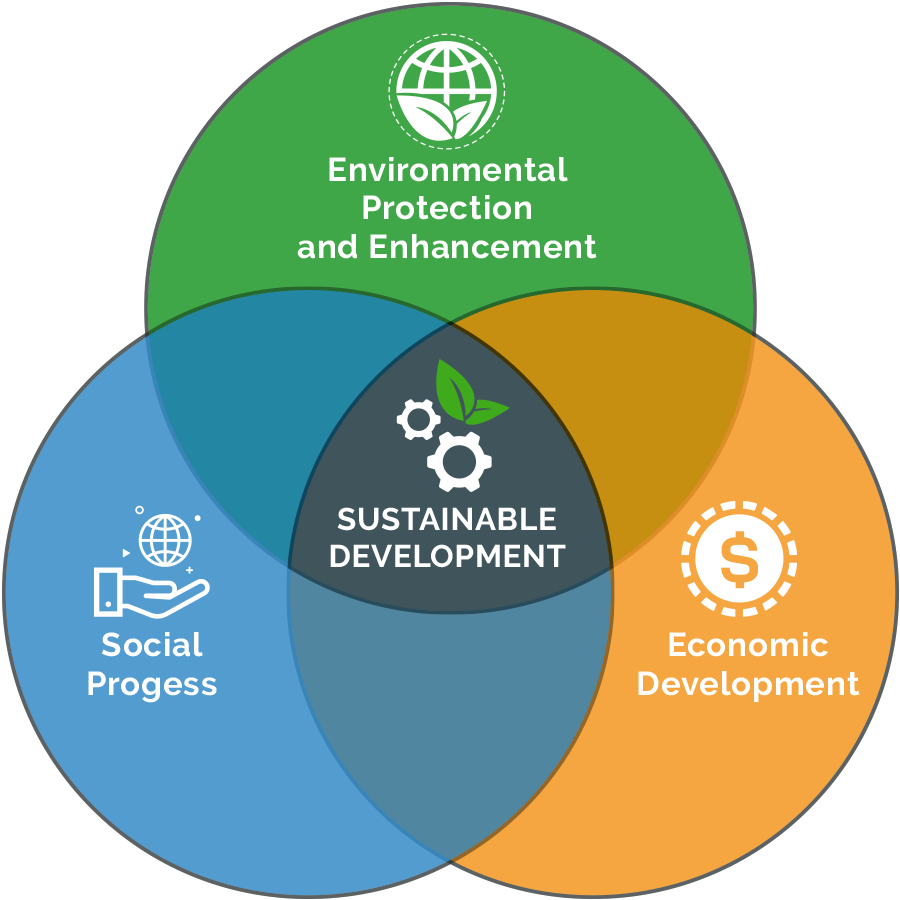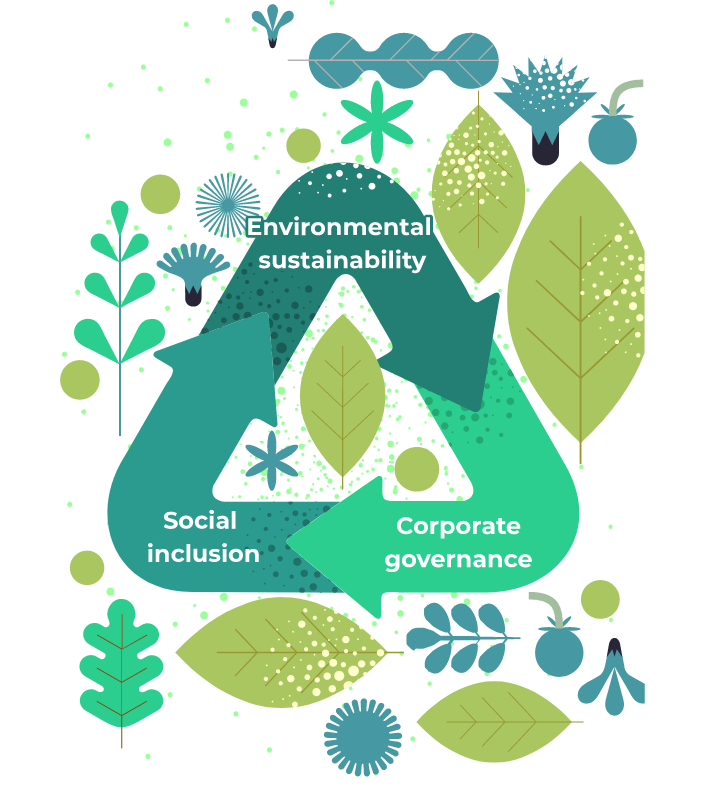Homelessness is a profoundly human problem residing at the intersection of poverty and prosperity, hope and despair, survival and sustainability. From the single parent unable to afford rent, to the veteran battling unseen mental scars, or the teenager escaping an abusive home, the faces of the unhoused are as varied as humanity itself. They are you and me.
Indeed, the affordable housing crisis is a pressing social, economic, and environmental challenge that continues to worsen worldwide. It exacerbates socioeconomic disparities, fuels health crises, contributes to crime rates, and can be harmful to the environment. Solving homelessness isn’t just about putting a roof over everyone’s head. It’s about creating a society that respects human dignity, promotes equal opportunity, safeguards public health and safety, and sustains our shared environment.
The principles of Environmentally Sustainable Development (ESD) offer an all-encompassing approach to the urgent crisis in affordable housing. Seeking to harmonize social, economic, and environmental dimensions ensures that solutions are ecologically viable, socially equitable, and economically feasible. ESD enriches the narrative by emphasizing the interconnectedness between human communities, natural ecosystems, and future generations, providing a comprehensive framework for sustainable housing initiatives.
In the context of homelessness, ESD applies explicitly to the planning, design, construction, and management of affordable housing and inclusive communities. By prioritizing green building with renewable energy, water efficiency, waste reduction, open spaces, and sustainable transportation, innovation is essential to sustainable growth. Interestingly, innovation can mean something as simple as reverting to natural construction materials or opting for locally sourced manufacturing inputs. These choices lower transportation emissions and reduce the carbon footprint, delivering a win-win for both consumers and the environment.
By applying the standards of ESD, organizations will build more robust solutions not only by aligning with environmentally sustainable practices but also by contributing to broader societal and environmental goals. Here are some of the ways that ESD can play a crucial role in ending homelessness:
- Resource Efficiency: Sustainable practices make the construction and maintenance of housing more efficient, saving costs in the long run.
- Community Health: Sustainability incorporates designs that are better for the environment, improving community well-being.
- Longevity: Sustainable homes are being built to last, reducing the recurring issues of inadequate or deteriorating housing stock.
- Cost-Effectiveness: While the initial investment might be higher, the long-term operating costs are often lower, freeing up resources for other critical services.
- Social Equity: Sustainable development is more inclusive, ensuring that housing solutions are accessible to all, including the most vulnerable.
Environmentally sustainable development isn’t just an option; it’s a moral imperative for both present and future generations. To surmount the urgent challenges of today, we must integrate strategies across five key pillars: climate action, environmental stewardship, groundbreaking innovation, cutting-edge technology, and human-centric solutions. Tackling the affordable housing crisis not only uplifts our communities but also cultivates a society rooted in compassion and balance. Let’s unite in safeguarding our only home for today and tomorrow.

This image is copyrighted by arenasolutions.com

This image is copyrighted by zerova.com
